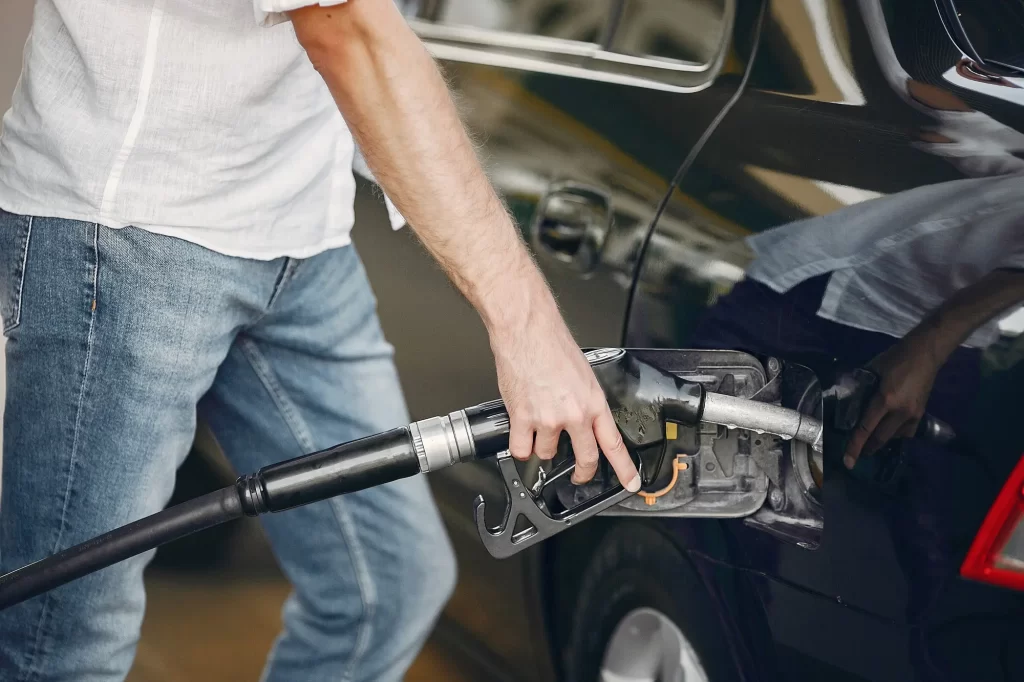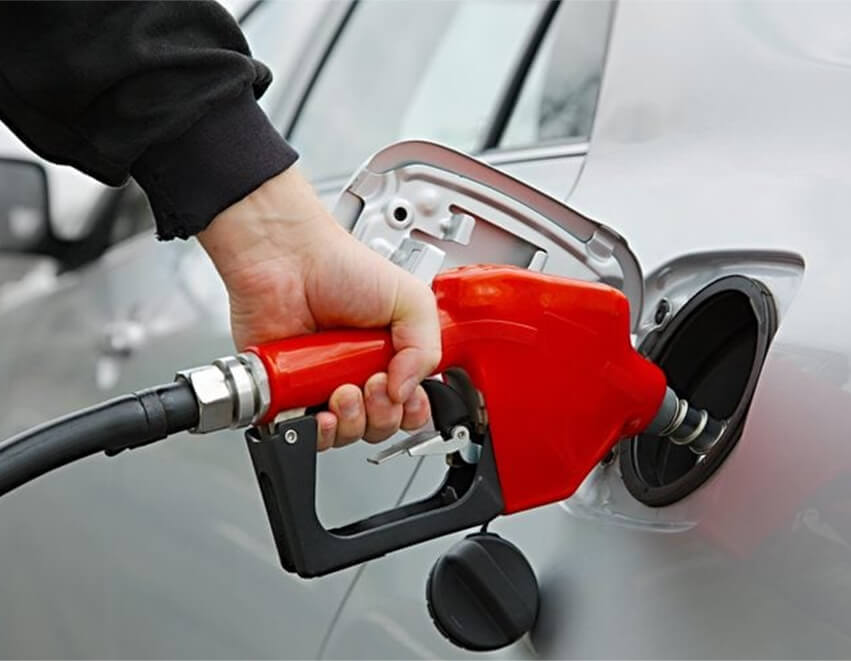La tua auto sbuffa o fa fatica ad accelerare? L'acqua nel serbatoio potrebbe essere la causa nascosta di questi frustranti problemi di prestazioni del motore. Anche una piccola quantità conta; solo mezza oncia d'acqua in un serbatoio da 12 galloni può avere un impatto significativo sulle prestazioni del motore e sull'efficienza del carburante, causando corrosione nei sistemi di alimentazione. […]

La tua auto sbuffa o fa fatica ad accelerare? L'acqua nel serbatoio potrebbe essere la causa nascosta di questi frustranti problemi di prestazioni del motore.
Anche una piccola quantità conta: anche solo 15 ml di acqua in un serbatoio da 12 galloni può avere un impatto significativo sulle prestazioni del motore e sull'efficienza del carburante, provocando corrosione nei sistemi di alimentazione.
Dai misteriosi mancati accensioni del motore alle improvvise perdite di potenza, la contaminazione da acqua provoca sintomi che ogni conducente dovrebbe riconoscere.
In primo luogo, come entra l'acqua nel serbatoio? Quali misure immediate puoi adottare per proteggere il tuo motore? E, cosa più importante, come far uscire l'acqua dal serbatoio della benzina e risolvere questo problema senza spendere una fortuna? Scopriamolo.
Forse non te ne rendi conto, ma l'acqua può entrare nel serbatoio della benzina in modi sorprendentemente comuni.
Se guidi un veicolo diesel, avere un separatore acqua-carburante può farti risparmiare un sacco di problemi. Impedisce all'acqua di mescolarsi con il carburante e protegge il motore.
Come puoi sapere se l'acqua nella benzina si nasconde nel tuo serbatoio? Ecco alcuni segnali a cui fare attenzione.
Per confermare, prova questo semplice controllo: aspira un po' di carburante in un contenitore trasparente. Se è presente acqua, affonderà sul fondo perché è più pesante del gas.
Per gli utenti diesel, strumenti come paste o additivi per la rilevazione dell'acqua possono semplificare questo processo.
Acqua e carburante sono come olio e acqua: semplicemente non si mescolano. Se c'è acqua nel serbatoio della benzina, può causare danni al motore e problemi al sistema di alimentazione.
Se si ha a che fare con il diesel, i rischi sono ancora maggiori. La contaminazione da acqua può danneggiare gli iniettori e corrodere l'intero sistema di alimentazione, portando a costose riparazioni.
Quindi, come si fa a far uscire l'acqua da un serbatoio di carburante? Dipende da quanta acqua si ha a che fare.
Se la contaminazione è grave, è il momento di chiedere aiuto a un professionista. Svuoteranno il serbatoio, puliranno il sistema e sostituiranno i filtri intasati.
Sostituzione del filtro del carburante è sempre una buona idea quando si ha a che fare con l'acqua nel serbatoio. L'acqua può intasarlo rapidamente, riducendo l'efficienza e causando ulteriori danni.
La presenza di acqua nel serbatoio del carburante può causare costose riparazioni e fastidiosi guasti, ma è possibile prevenirla adottando alcune misure proattive.
La manutenzione di routine è fondamentale per individuare in anticipo la contaminazione da acqua. Chiedi al tuo meccanico di controllare la presenza di acqua nel serbatoio durante le ispezioni regolari. Può anche esaminare il separatore dell'acqua del carburante se guidi un veicolo diesel, poiché è un componente fondamentale per rimuovere l'umidità.
Se l'acqua è già penetrata nel serbatoio, il costo della riparazione dipenderà dalla gravità della contaminazione.
Anche la tua posizione e il tipo di veicolo giocano un ruolo. I motori diesel, ad esempio, potrebbero aver bisogno di riparazioni più estese se l'acqua ha danneggiato gli iniettori o la pompa.
In Aocheng, sappiamo quanto può essere dannosa la contaminazione dell'acqua. Ecco perché offriamo prodotti come separatore acqua-carburante per impedire che l'acqua penetri nel carburante.
La nostra gamma di distributori di carburante E pompaS garantisce che il tuo sistema rimanga efficiente e protetto dai contaminanti.
Per ulteriori soluzioni per mantenere la qualità del carburante, visita il nostro pagina inizialeCon gli strumenti giusti e una manutenzione regolare, puoi evitare costose riparazioni e mantenere il tuo sistema di alimentazione sempre in perfette condizioni.
Se il tuo motore diesel è difficile da avviare, gira al minimo in modo irregolare o produce fumo eccessivo, la causa potrebbe essere la contaminazione da acqua. Puoi ispezionare visivamente il carburante drenandone un campione: l'acqua si depositerà sul fondo perché è più pesante del carburante.
Una piccola quantità di acqua è spesso inevitabile, specialmente nei carburanti miscelati con etanolo. Un contenuto di acqua fino a 0,5% è generalmente accettabile e non causa problemi. Tuttavia, qualsiasi cosa oltre questo può causare problemi al motore e deve essere affrontata immediatamente.




